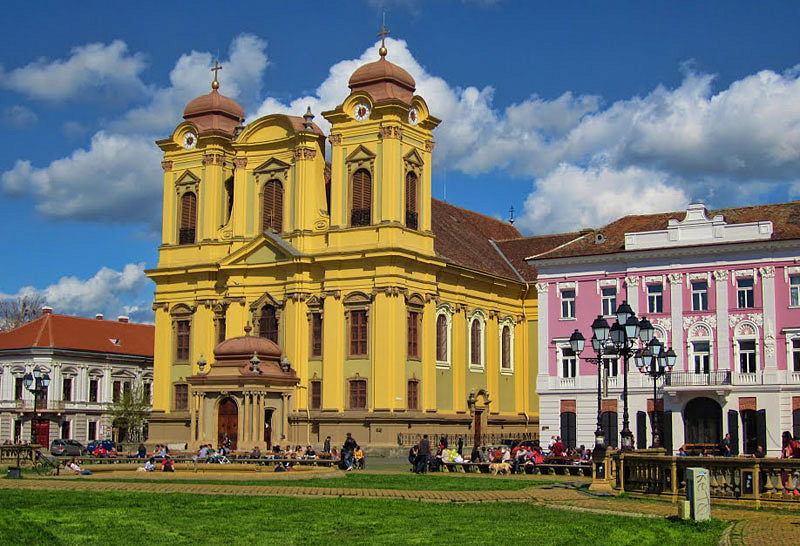How many Romanians plan to relocate and what cities would they move in?

Some 3.6 million Romanians are planning to relocate in the next five years, and 66.5% would prefer to move to a city in Romania, according to the World Bank's 2017 Magnet Cities. Migration and Commuting in Romania report. The most attractive cities for relocation are the capital Bucharest, Cluj-Napoca, Timișoara and Brașov, the report reveals.
As such, 18% of respondents, representative for approximately 3.6 million people, said they were planning to move in the next five years, with an average certainty rate of 85%. On the other hand, 82% said they did not think about moving in the next five years.
The young make up a large part of those planning to move, with an average age of 35 years. Of those looking to relocate in the next five years, 75% do not have children. Most of the remaining 25% planning to move have only one child.
At the same time, those who intend to move have higher levels of education, higher revenues and are employed in the private sector. The inhabitants of less developed regions, such as South-Muntenia or North-East, are more likely to move than those in more developed ones, for instance the West or Center regions.
When asked where they would like to move, 66.5% of respondents chose Romania, while 31.3% said they would like to move abroad. According to these results, some 2 million Romanians are taking into account the idea of relocating inside the country within the next five years, while 1.1 million would move outside of Romania.
The Western Romania residents are more likely to consider moving abroad, while those living in areas close to Bucharest are more inclined to move inside the county, the report shows. The inhabitants of urban areas and higher educated ones tend to choose to live abroad, while rural area residents and those with lower education levels prefer moving inside the country. At the same time, men prefer to emigrate, while women chose destinations inside Romania. A total of 71.4% of those wanting to relocate in Romania said they preferred urban areas.
The most attractive cities for relocation are Bucharest, Cluj-Napoca, Timișoara, and Brașov. In particular, Cluj-Napoca, Timișoara, and Brașov, have a disproportionate share of people wanting to live there, meaning the share of people that would like to live in these cities is much higher than the share of their functional urban areas (FUA) population in the national population, the report shows.
For example, the FUA of Cluj-Napoca amasses 2.34% of the country’s population, but 11.37% of survey respondents would like to live there. High scores were also registered for Constanța, Sibiu, Iași, or Oradea.
At the same time, 15.23% picked Bucharest as a desired city, and 9.14% Timișoara. When asked about the city they would like to live in, different from the residence one, 15.32% chose Cluj-Napoca, 14.46% Bucharest and 11.88% Timișoara.
The quality of life was the main reason for picking a particular city, underscoring the need for investment in urban infrastructure, and the need for a concerted effort to make cities more attractive and appealing to people, according to the report. Access to jobs and specialized healthcare were the other main reasons listed for choosing a particular city.
The report also shows that between 2001 and 2011, 65.5% of migrants came from urban areas and relocated mostly from localities and smaller cities to larger cities, and from larger cities to the suburbs. In the functional urban areas of Cluj-Napoca, Brașov, Timișoara and Iași, over 75% of migrants came from urban areas.
A large percentage of migrants, of 66.3% were youth aged under 35. The cities that managed attracted most young migrants were the major university centers in the country, meaning Cluj-Napoca (80%), Iași (74.4%), Timișoara (70.2%), Bucharest (69.5%), Sibiu (68.4%), and Craiova (67,6%).
The full report can be read here.
World Bank report outlines business friendliness of Romanian cities
Big cities in Transylvania have the best perceived cost of living in Romania
Romania sees one of biggest population declines in EU
editor@romania-insider.com















